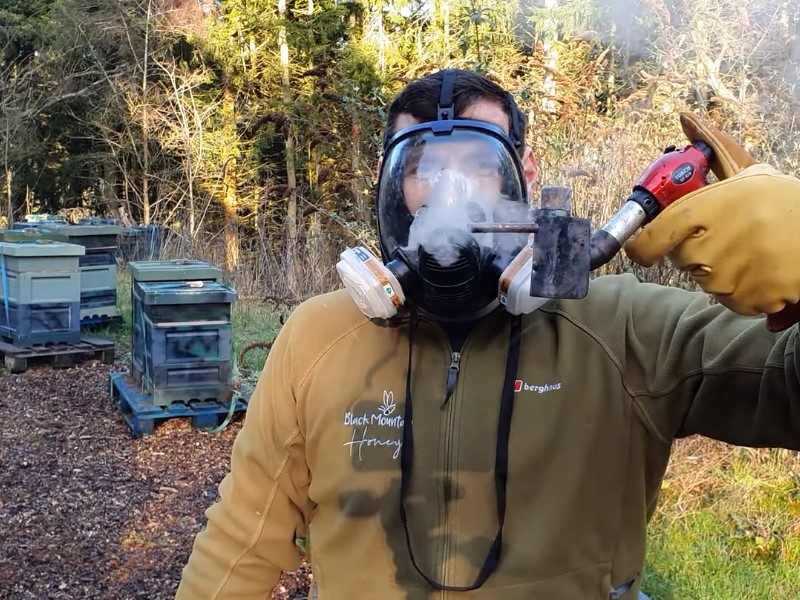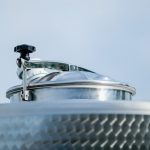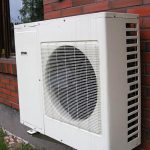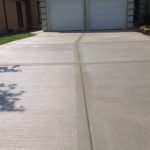Oxalic Acid Gas Vaporizer Usage and Schedule
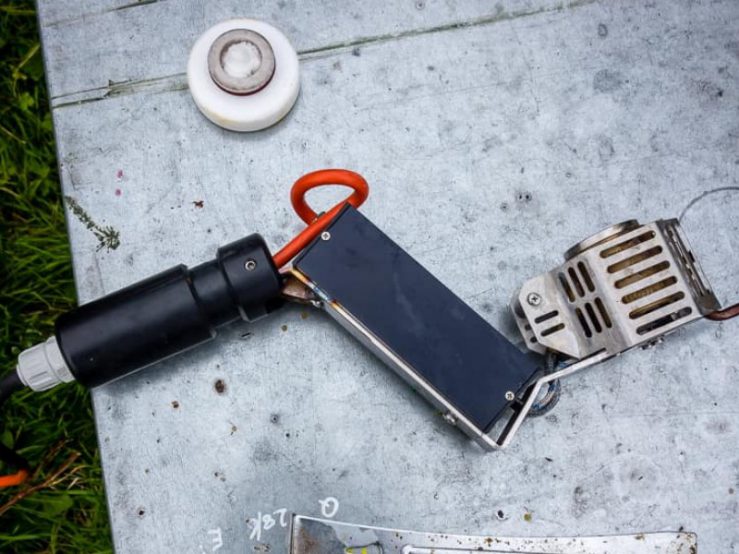
An oxalic acid gas vaporizer is one of your best and most effective options if you’re looking to control the pesky Varroa mites in your honeybee colonies. There are two application methods for beekeepers who want to try this mite control technique: fogging and vaporization.
By far, vaporization is considered the most preferred choice because it guarantees the spread of the acid to every nook and corner of the beehive, even the areas within the uncapped cells. The excellent news is beekeepers can now choose from various oxalic acid gas vaporizers that use various technologies.
Table of Contents:
How to Use an Oxalic Acid Gas Vaporizer
Following the specific instructions and recommendations is essential if you’re a beekeeper and plan to use an oxalic acid vaporizer. The treatment might lose its effectiveness if you fail to do so.
There are even instances when inaccuracies might hurt instead of help your entire honeybee colony, which is the last thing you’d want to happen.
When using an oxalic gas vaporizer, make sure you use a reliable timer and then follow these steps:
- Put an adequate amount of oxalic acid dehydrate into the pan of the oxalic acid gas vaporizer. Ensure you stick to a ¼ teaspoon of acid rate for every brood box. You can also use a crystal or two if no liquid oxalic acid solution is available.
- Carefully place the vaporizer through the beehive entrance right below the bees. See to it that the oxalic acid pan is completely fitted inside the hive. A little support rod on the vaporizer must also be in the hive. Ensure a 2-inch distance between any bees or wax and the pan itself.
- Use foam, damp cloth strips, or other appropriate materials to seal off the hive’s entrance.
- Attach the vaporizer’s battery clips to the battery for 2 to 3 minutes. Apply heat to the oxalic acid, then vaporize for 2 to 3 minutes using a vaporizer that uses an external heat source.
- Remove the heat source or disconnect the battery clips and let the vaporizer stay inside the hive for another 2 minutes.
- Take out the vaporizer from the beehive and use water to cool it down. Don’t remove the material used for sealing the hive for the next 10 minutes.
Remember that oxalic acid is a substance that can be extremely dangerous to humans. Never make any contact with this acid or swallow it. A mask, gloves, and protective glasses are the minimum safety equipment required when working with and around oxalic acid.
You also have to be extra careful to ensure that you don’t accidentally touch the metallic elements of your vaporizer while you’re using it. You should also wait before you touch it after turning it off because it may remain hot. Most importantly, never turn on your oxalic acid gas vaporizer if you’re not around to closely supervise it.
Recommended Treatment Schedule for Oxalic Acid Vapor
Oxalic acid vaporization in hives is an effective method for Varroa mite control. It can kill off mites crawling inside the hive, in uncapped cells, and on the bees themselves. Vaporization uses portable gear that you can place within the hive. The oxalic acid vapor should be spread out all over the beehive.
But before you use this substance, make sure that you always wear the necessary safety gear. Remembering accurate timing is necessary when using oxalic acid vapor to treat your beehives is also essential. Before starting the treatment, detach the honey super boxes from the beehive.
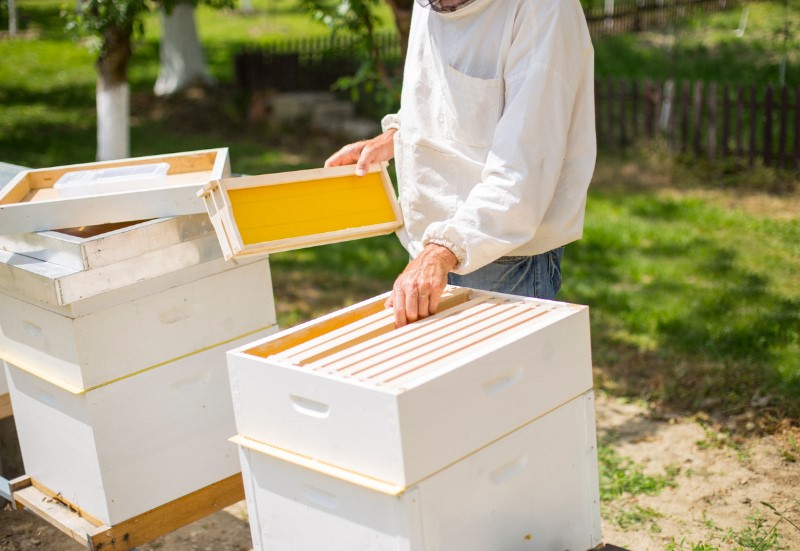
The ideal time for using oxalic acid is when the honey flow period has ended. The honey flow is usually between April and July. The build-up of the brood takes place between September and November. The best-case scenario is when brood build-up occurs when the beehive has a small population of mites.
You can consider treating Varroa mites if there are many mites in your hives, even before winter. The honeybee colonies that winter with huge Varroa mite populations are more at risk of failing before or during spring.
The hive needs to be treated while your bee colony is still strong enough to have an easier time absorbing bee losses that might occur because of mite infestation and the use of oxalic acid. If mites are still present, you can repeat the treatment using your oxalic acid gas vaporizer one to two weeks after the initial treatment. Never conduct more than two treatments annually.
There are three primary periods for treating your hives using oxalic acid vapors. August is the first period. The second time, also the best, is during late November, extending to early December. During this period, the hive is broodless primarily, thus maximizing the effect of the oxalic acid vapor treatment.
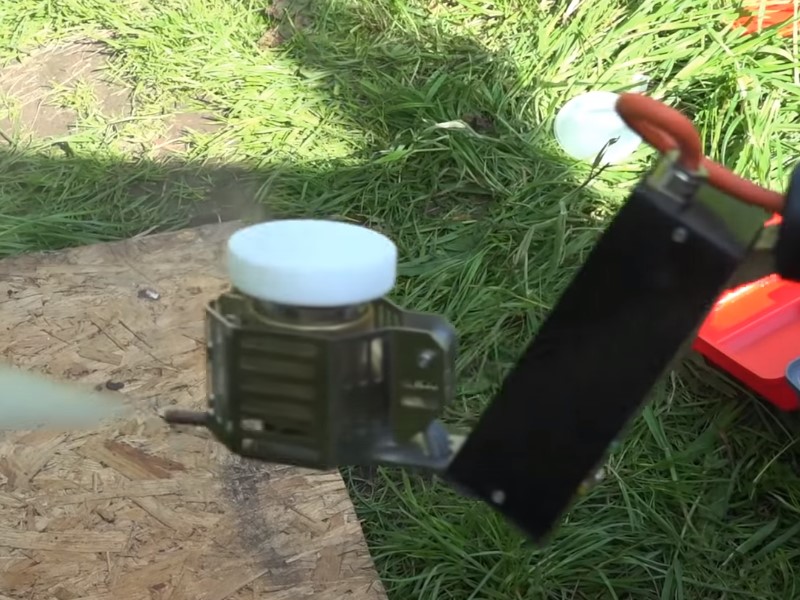
The third but not so highly recommended period for treatment of your hives using oxalic acid or other methods for controlling Varroa mites is during February or March before the start of the honey flow season. You can significantly improve your colony’s performance and overall survival if you properly time your Varroa mite control.
Another essential beekeeping practice is to inspect your beehives regularly. As a beekeeper, you should never wait until the infestations of Varroa mites become noticeable. Waiting for too long before you start the treatment application can dramatically compromise the overall health of your colony.
It is also advisable that you rotate your methods for Varroa mite control. You can use your oxalic acid gas vaporizer as just one method and pair it with one or two more. This rotation will ensure that the Varroa mites don’t develop resistance to any of these control methods.
